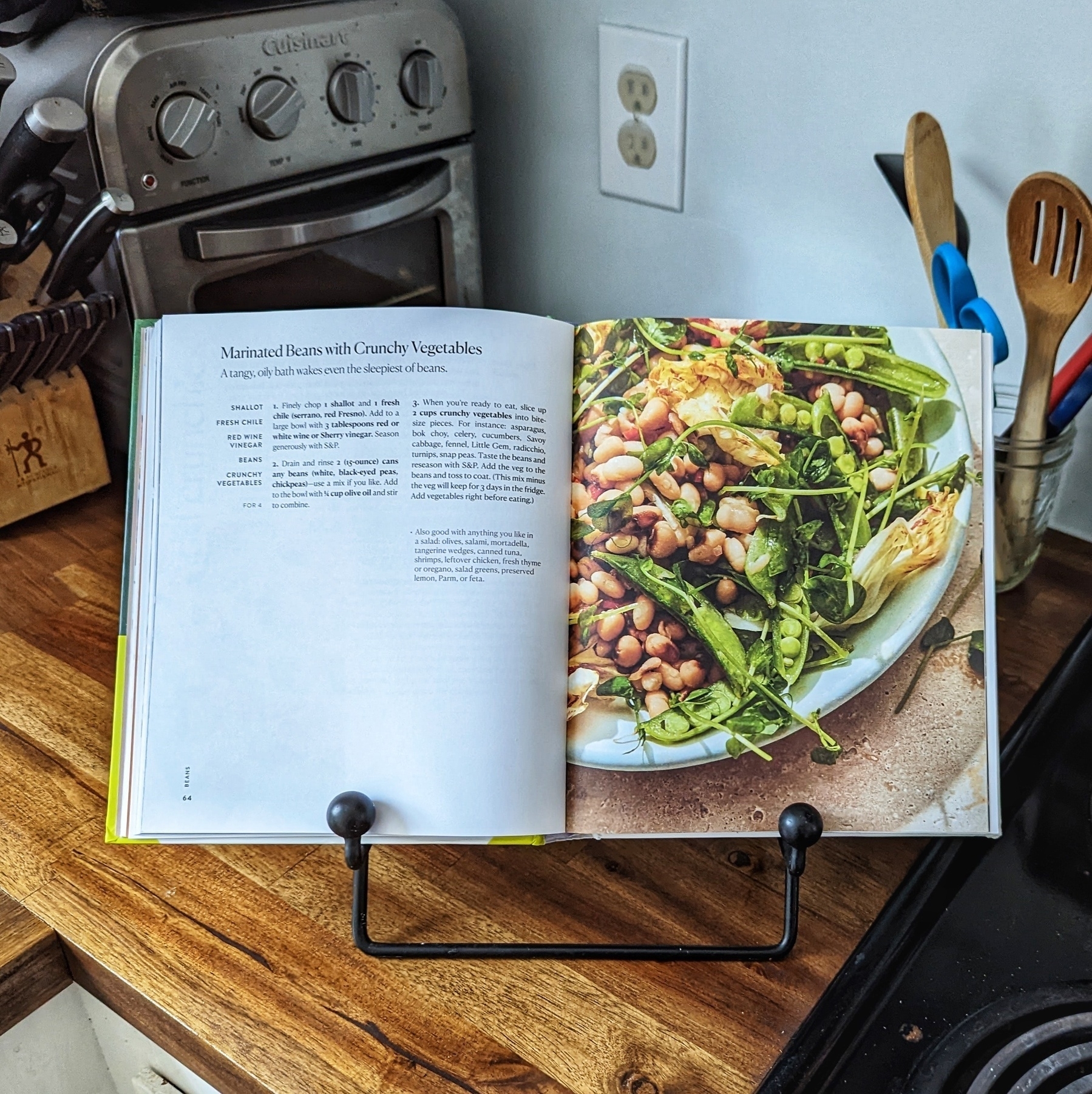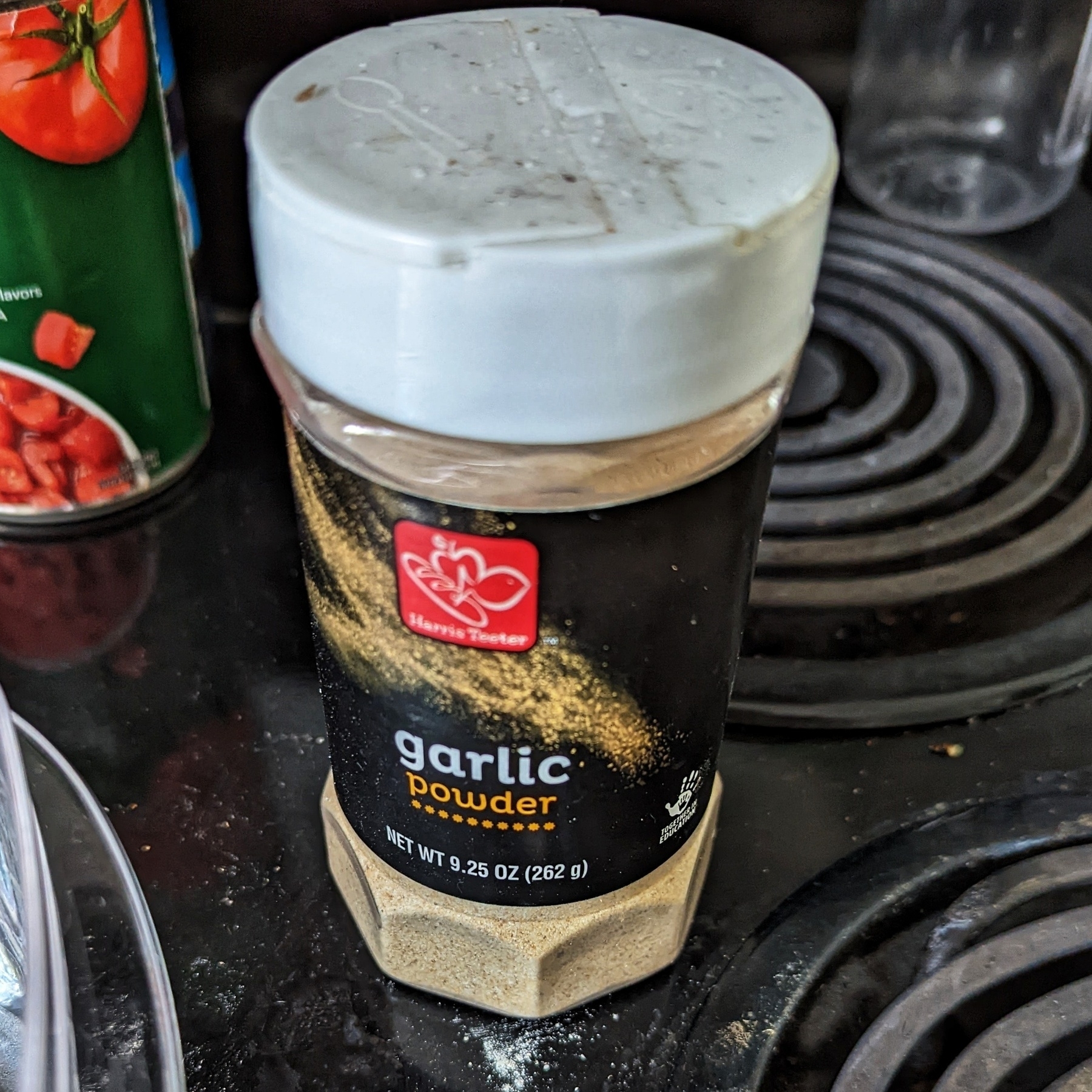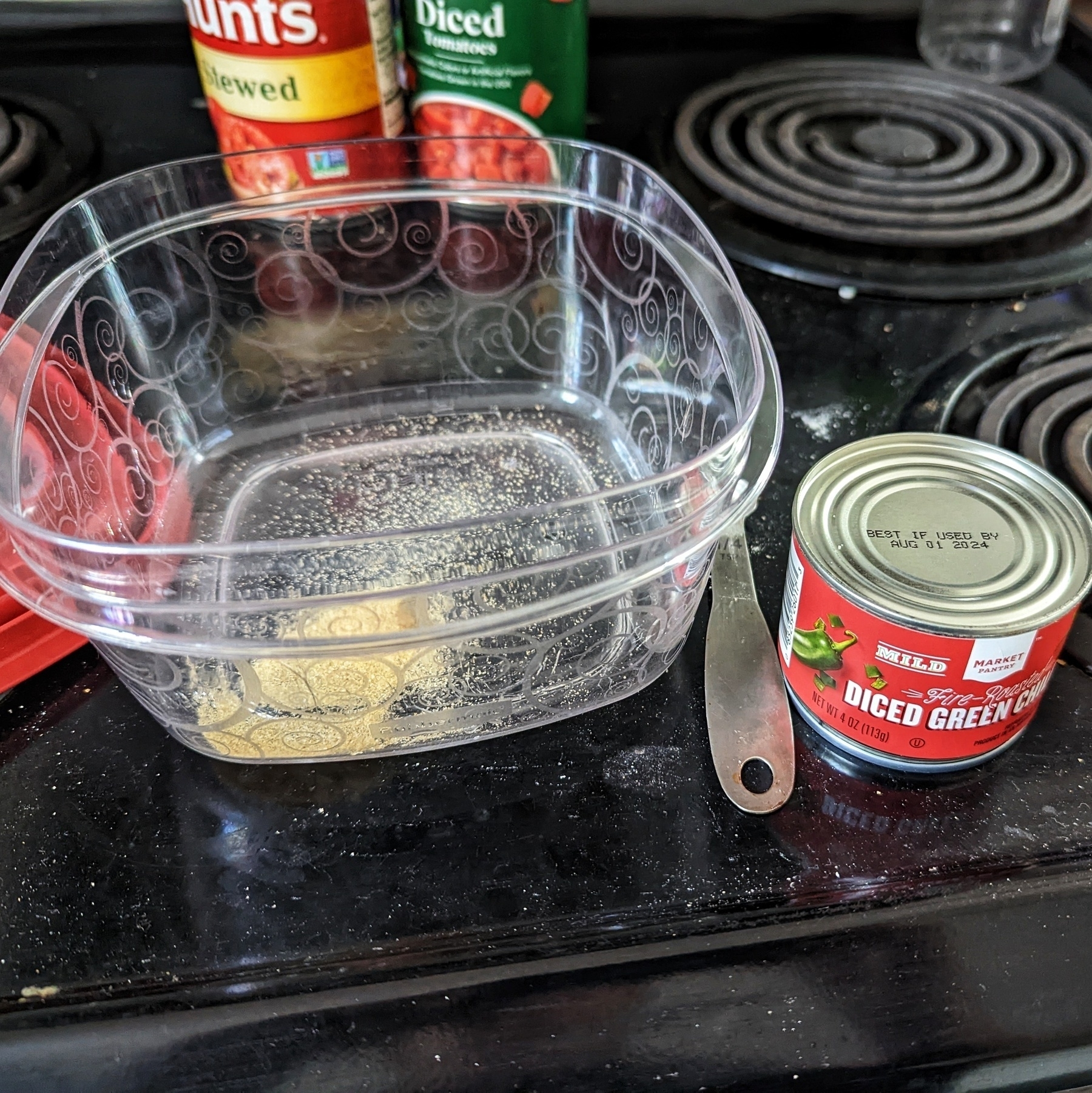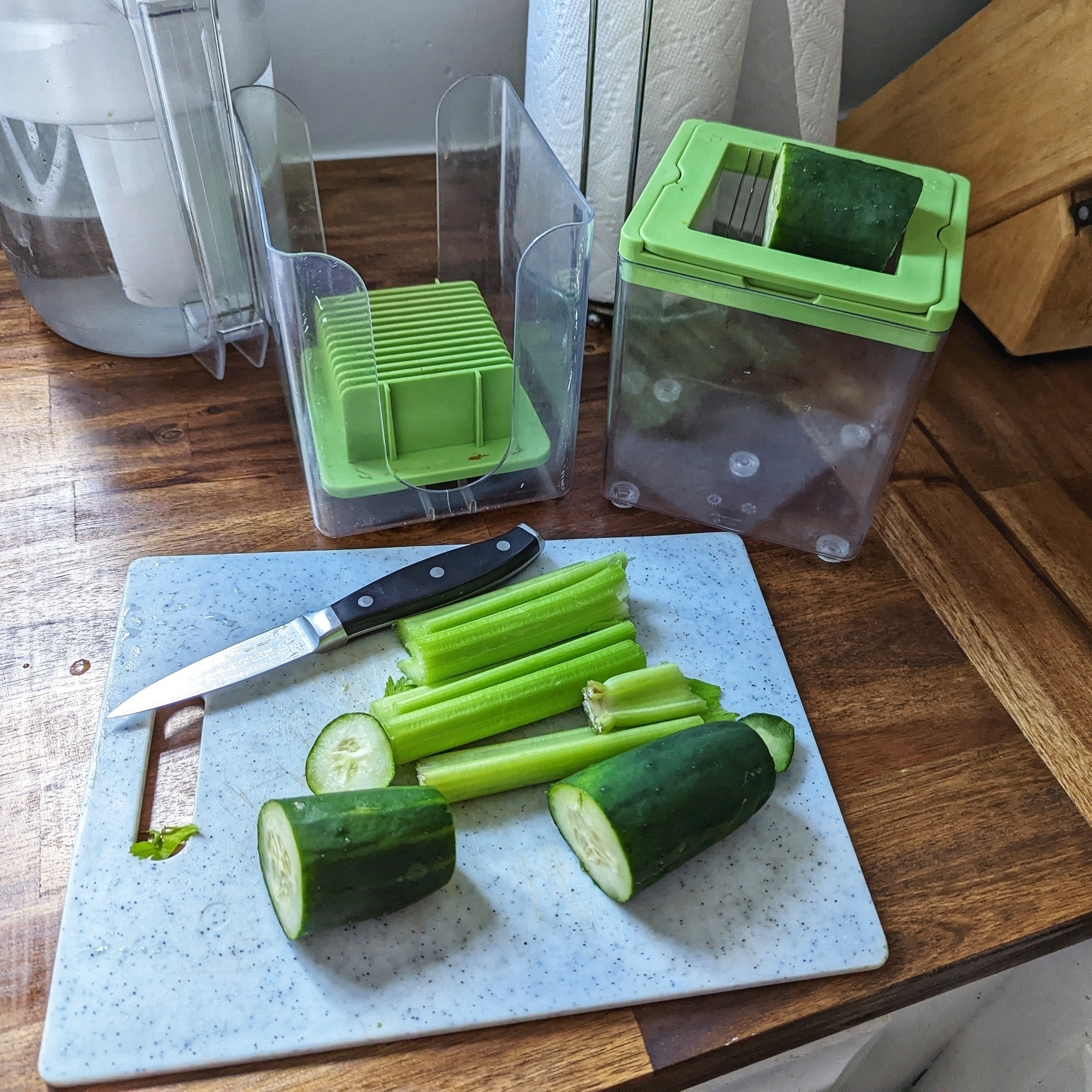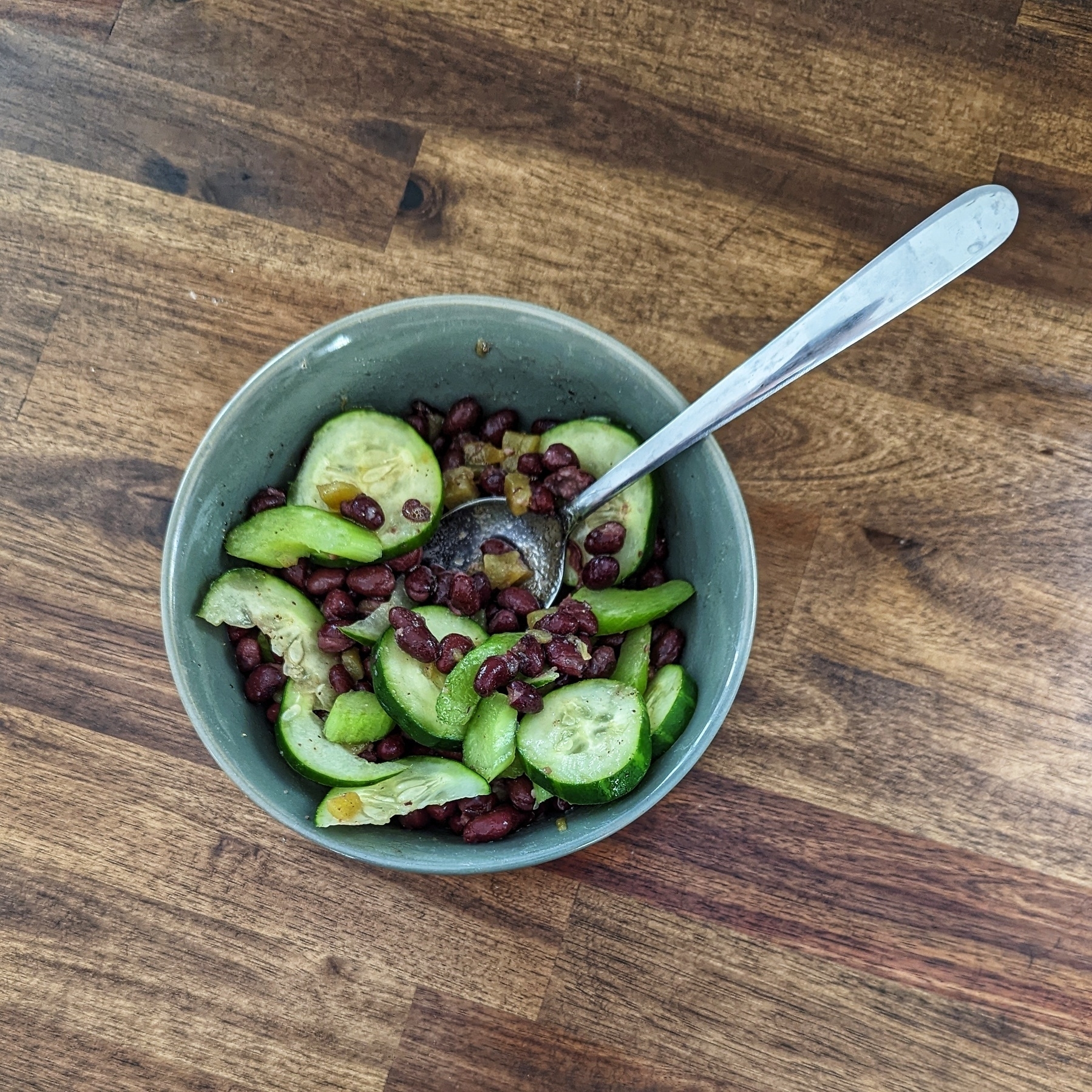Dear Kimberly,
I’m just going to jump right in.
Remember E’s cute boyfriend and how you noticed she seems to not be dating him anymore and you think that’s kinda sad? Don’t be sad. YOU’RE MARRIED TO HIM NOW. I mean, you’ll marry him in 2009.
You’ll have a beautiful kid with him in 2016. The kid has long eyelashes and says delightful things. You had him later than you expected but he’s worth the wait, I promise.
Hey guess what neighborhood you live in starting in 2011? W! That’s where rich people live, you say? Well, two things: 1. It’s actually where a broad range of middle class people live and 2. you definitely would think of the household you live in by 2022 as rich. Y’all could eat Lunchables and Fruit Roll-ups and drink Capri Sun Every Day if you wanted to. (But you won’t, it would create way too much trash.)
You have a PhD (2021) and your job is to read, write, and talk to librarians. ON THE INTERNET. I know, right? Pretty sweet gig.
There’s a lot of scary stuff going on in the world right now (2022) - global health stuff, political stuff, war stuff, climate change stuff (that’s what we call global warming right now because it’s more accurate). Also, some family illness stuff. I know that doesn’t feel new, and it’s not, but it’s still a lot.
And yet in spite of those difficulties, on the micro level, your life is AMAZING.
Just wanted to let you know.
Love, Kimberly
